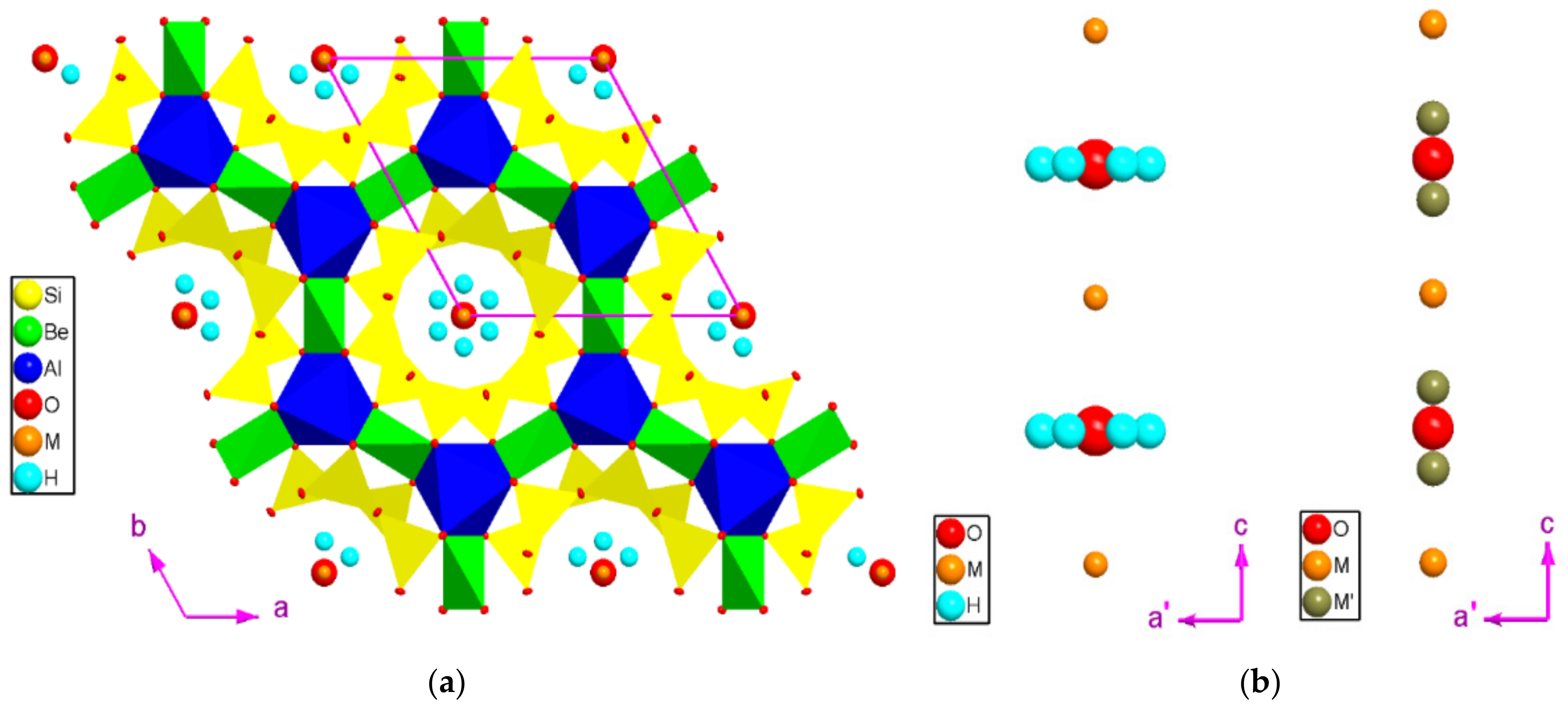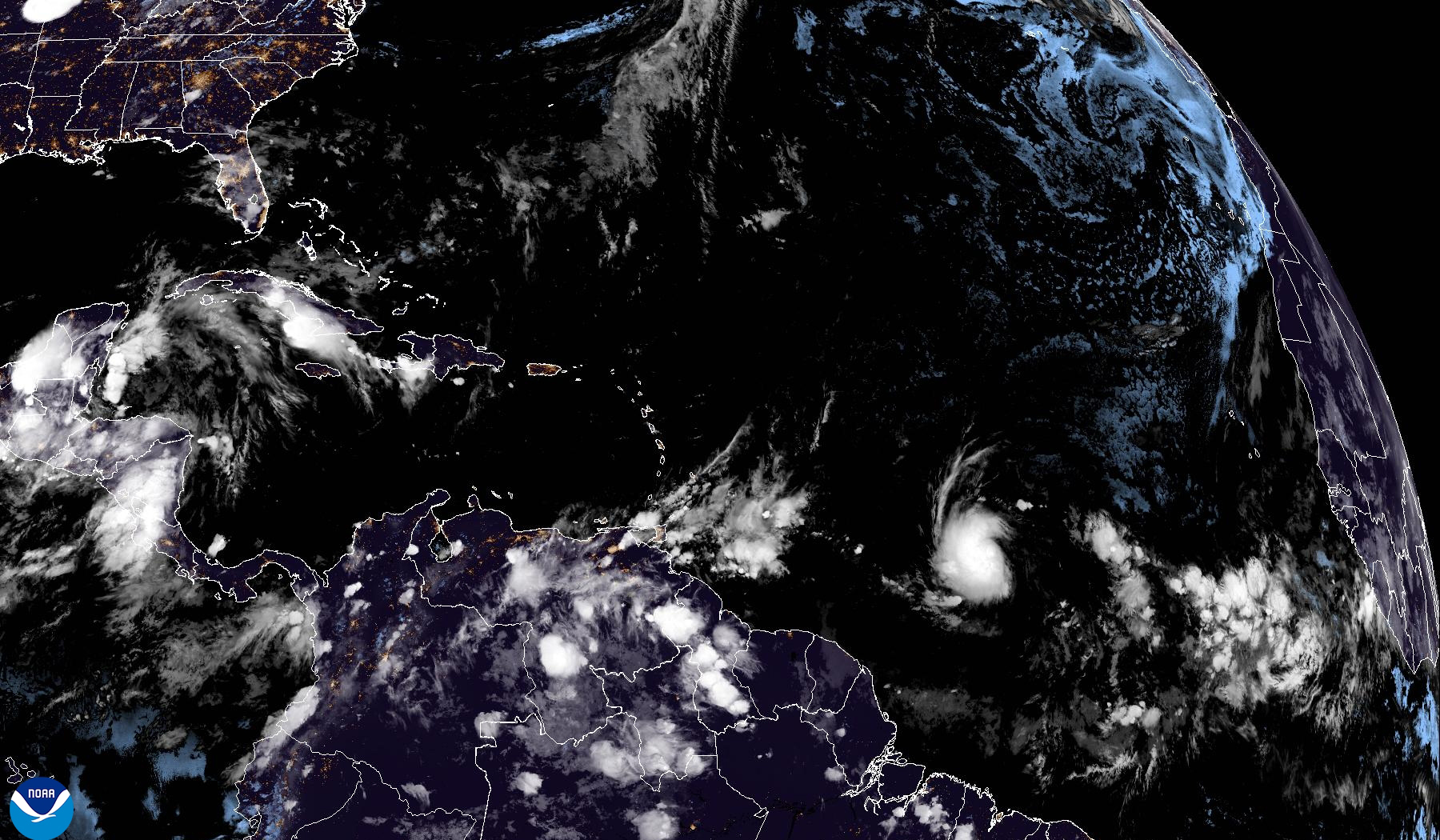Hurricane Beryl’s Impact on the Caribbean
Nhc beryl – Hurricane Beryl, a Category 3 storm, made landfall in Dominica on July 18, 2018, bringing with it heavy rains, strong winds, and storm surges. The storm then moved across the Lesser Antilles, affecting Guadeloupe, Martinique, and St. Lucia before weakening to a tropical storm as it passed near Puerto Rico.
NHC Beryl be movin’ fast, makin’ us all jumpy. But don’t fret, folks! The spaghetti models got our backs. These here models are like a bunch of noodles, showin’ us different paths Beryl might take. They’re not perfect, but they give us a heads-up on what to expect from this feisty storm.
The hurricane caused significant damage to infrastructure, homes, and businesses throughout the affected areas. In Dominica, the capital city of Roseau was particularly hard-hit, with many buildings destroyed or damaged. The storm also caused widespread flooding and landslides, which blocked roads and made it difficult for emergency responders to reach affected areas.
Humanitarian Efforts and Relief Operations, Nhc beryl
In the aftermath of Hurricane Beryl, humanitarian organizations and governments around the world have mobilized to provide assistance to the affected areas. The United Nations has deployed a team of experts to assess the damage and coordinate relief efforts. The United States has also sent a team of disaster response personnel to Dominica to help with search and rescue operations and provide medical assistance.
Hurricane Beryl is expected to continue moving towards the Leeward Islands. The storm is forecast to pass near or over Barbados as a tropical storm or weak hurricane. Beryl Barbados should closely monitor the storm’s progress. Beryl is expected to bring heavy rainfall, strong winds, and possible flooding to the island.
Residents are urged to take necessary precautions.
Local organizations and volunteers are also playing a vital role in the relief effort. They are distributing food, water, and other essential supplies to those who have been affected by the storm. They are also helping to clear debris and repair damaged homes.
Scientific Analysis of Hurricane Beryl: Nhc Beryl

Hurricane Beryl formed due to a combination of favorable meteorological conditions, including warm ocean waters, low wind shear, and ample atmospheric moisture. The warm waters of the Atlantic Ocean provided the energy necessary for the storm’s development, while the low wind shear allowed the storm to organize and intensify. Ample atmospheric moisture provided the fuel for the storm’s convection, which is the process that drives hurricane formation and growth.
Hurricane Intensity, Wind Speeds, and Storm Surge
Hurricane Beryl reached a peak intensity of Category 3 on the Saffir-Simpson Hurricane Wind Scale, with maximum sustained winds of 125 mph. The storm’s wind speeds caused significant damage to structures and infrastructure in the Caribbean, particularly in the islands of Dominica and St. Kitts and Nevis. The storm also produced a storm surge of up to 6 feet, which led to coastal flooding and erosion.
Potential Long-Term Effects of Climate Change on Hurricane Activity
Climate change is expected to lead to an increase in the frequency and intensity of hurricanes in the Atlantic Ocean. This is because climate change is causing the ocean waters to become warmer, which provides more energy for hurricanes to develop. Additionally, climate change is causing the atmosphere to become more unstable, which can lead to more frequent and intense wind shear. Wind shear can disrupt the formation and intensification of hurricanes, but if the shear is weak, it can allow hurricanes to become more organized and intense. Therefore, climate change is likely to lead to more frequent and intense hurricanes in the future.
Lessons Learned from Hurricane Beryl

Hurricane Beryl’s impact on the Caribbean highlighted both strengths and weaknesses in hurricane preparedness and response efforts. This analysis examines the lessons learned from the hurricane, with a focus on technology, early warning systems, and recommendations for improving resilience.
Strengths of Hurricane Preparedness and Response
- Effective early warning systems: Timely and accurate warnings allowed communities to evacuate and take protective measures, minimizing casualties.
- Coordinated response: Collaboration between local, national, and international organizations ensured efficient disaster response and relief efforts.
- Community resilience: Local communities demonstrated resilience in the face of adversity, supporting each other and working together to recover.
Weaknesses of Hurricane Preparedness and Response
- Limited access to technology: Some communities lacked access to reliable communication and information technology, hindering timely warnings and response.
- Insufficient infrastructure: Aging or inadequate infrastructure, such as roads and bridges, was damaged or destroyed, hampering evacuation and recovery efforts.
- Lack of preparedness: Despite warnings, some individuals and communities failed to adequately prepare, resulting in increased vulnerability.
Role of Technology and Early Warning Systems
Technology played a crucial role in Hurricane Beryl’s preparedness and response. Advanced weather forecasting models provided accurate predictions, enabling timely warnings and evacuation orders. Social media and mobile applications disseminated information quickly and widely, reaching even remote communities.
Recommendations for Improving Hurricane Preparedness and Resilience
- Invest in technology: Enhance early warning systems, communication networks, and access to information technology to ensure timely and effective warnings.
- Strengthen infrastructure: Upgrade infrastructure to withstand hurricane-force winds and flooding, improving evacuation routes and facilitating recovery efforts.
- Promote community preparedness: Educate communities on hurricane risks, encourage evacuation planning, and provide resources for disaster preparedness.
- Foster collaboration: Strengthen partnerships between local, national, and international organizations to coordinate disaster response and recovery efforts.